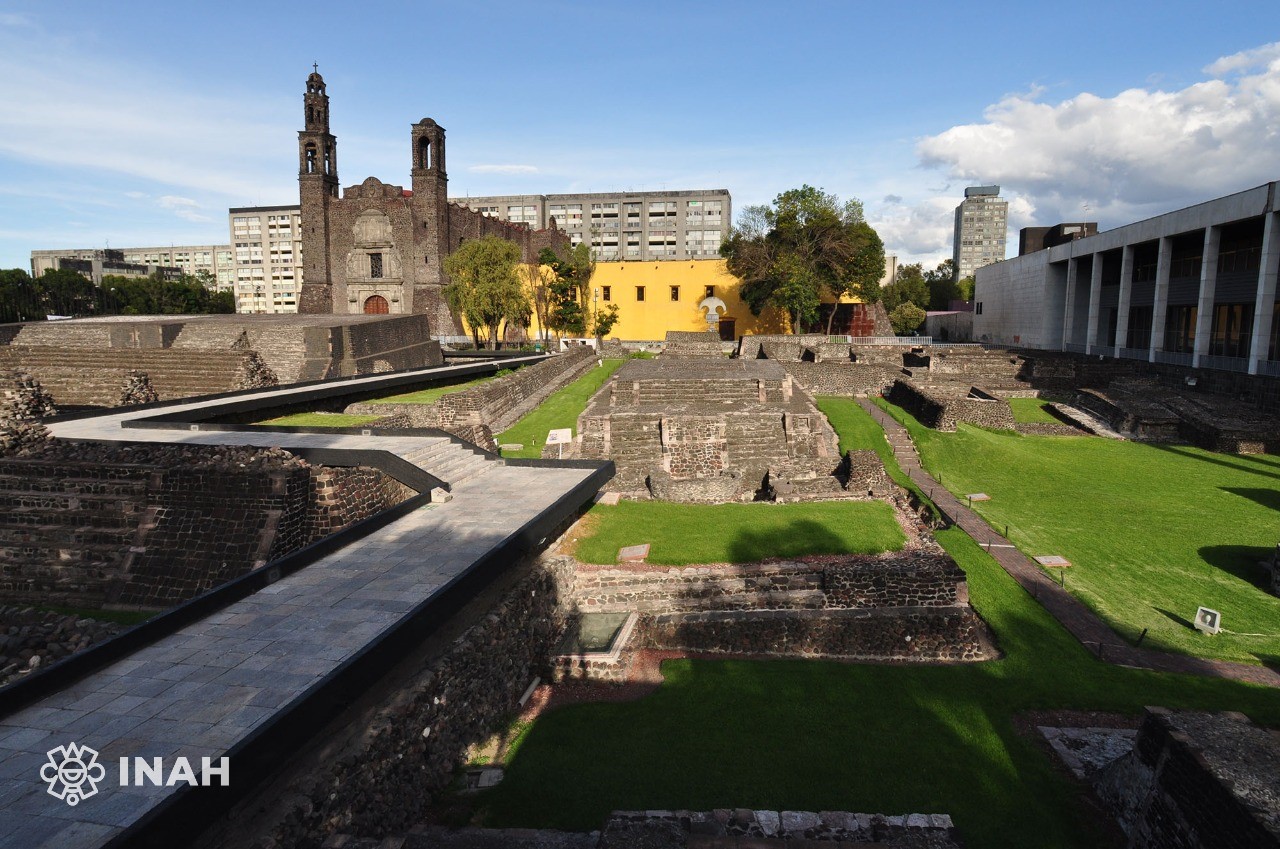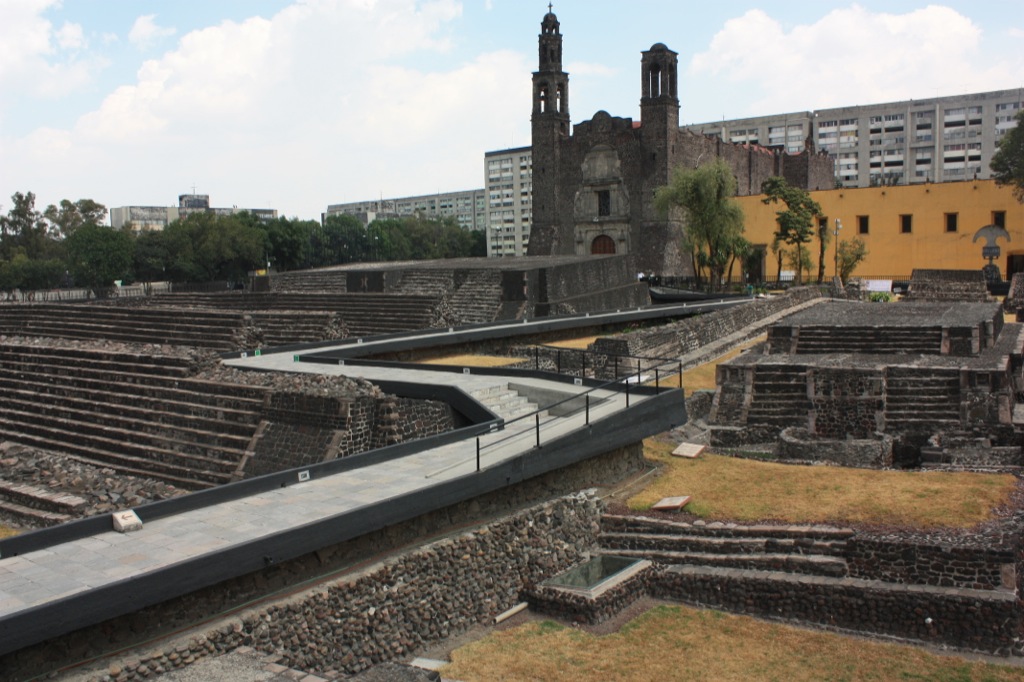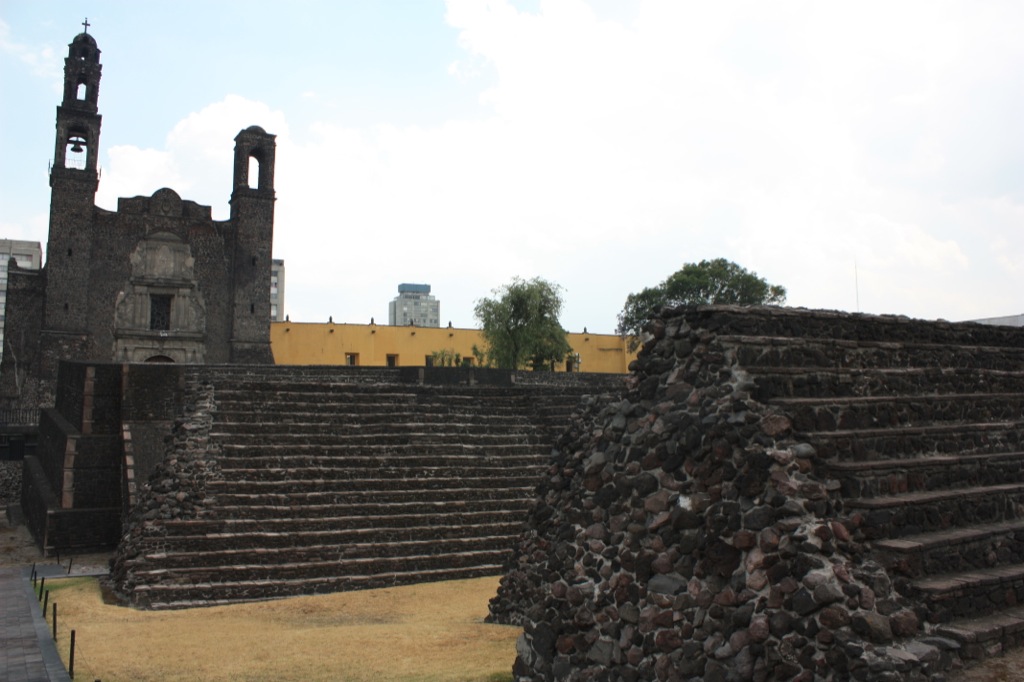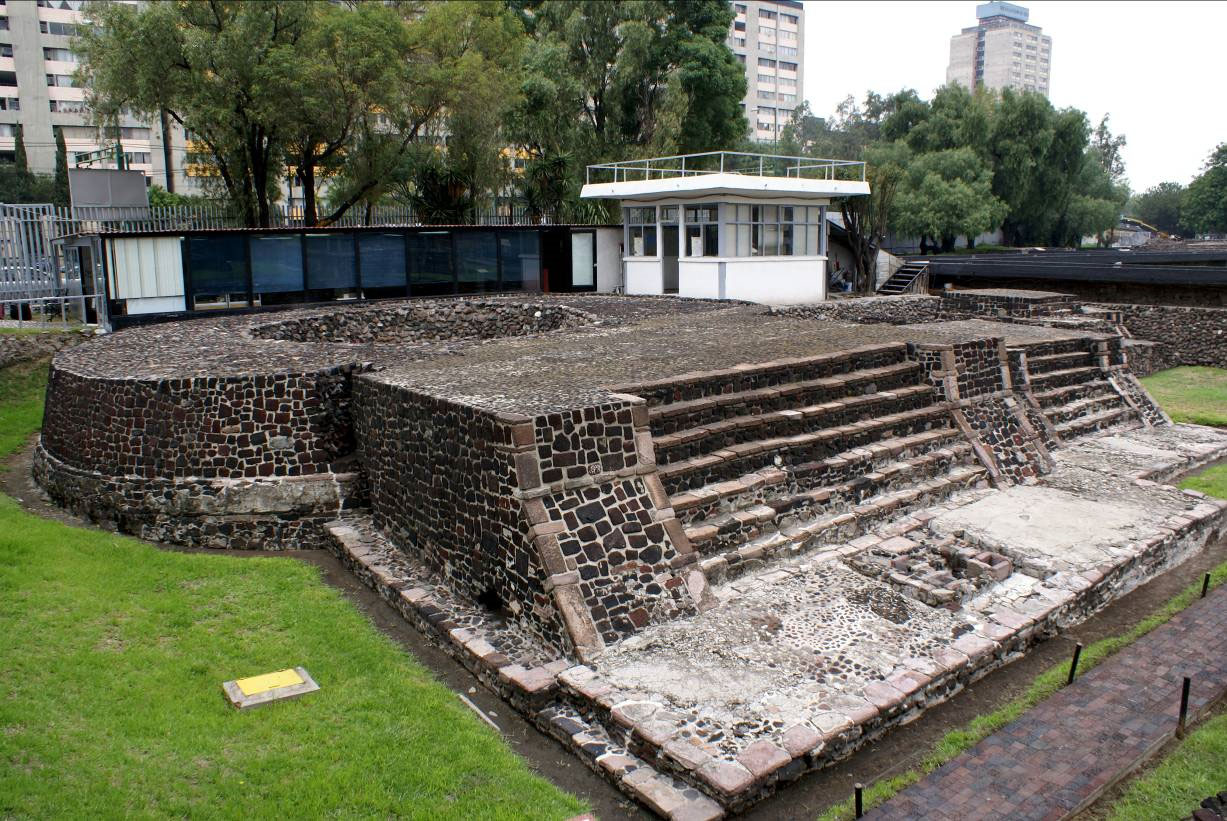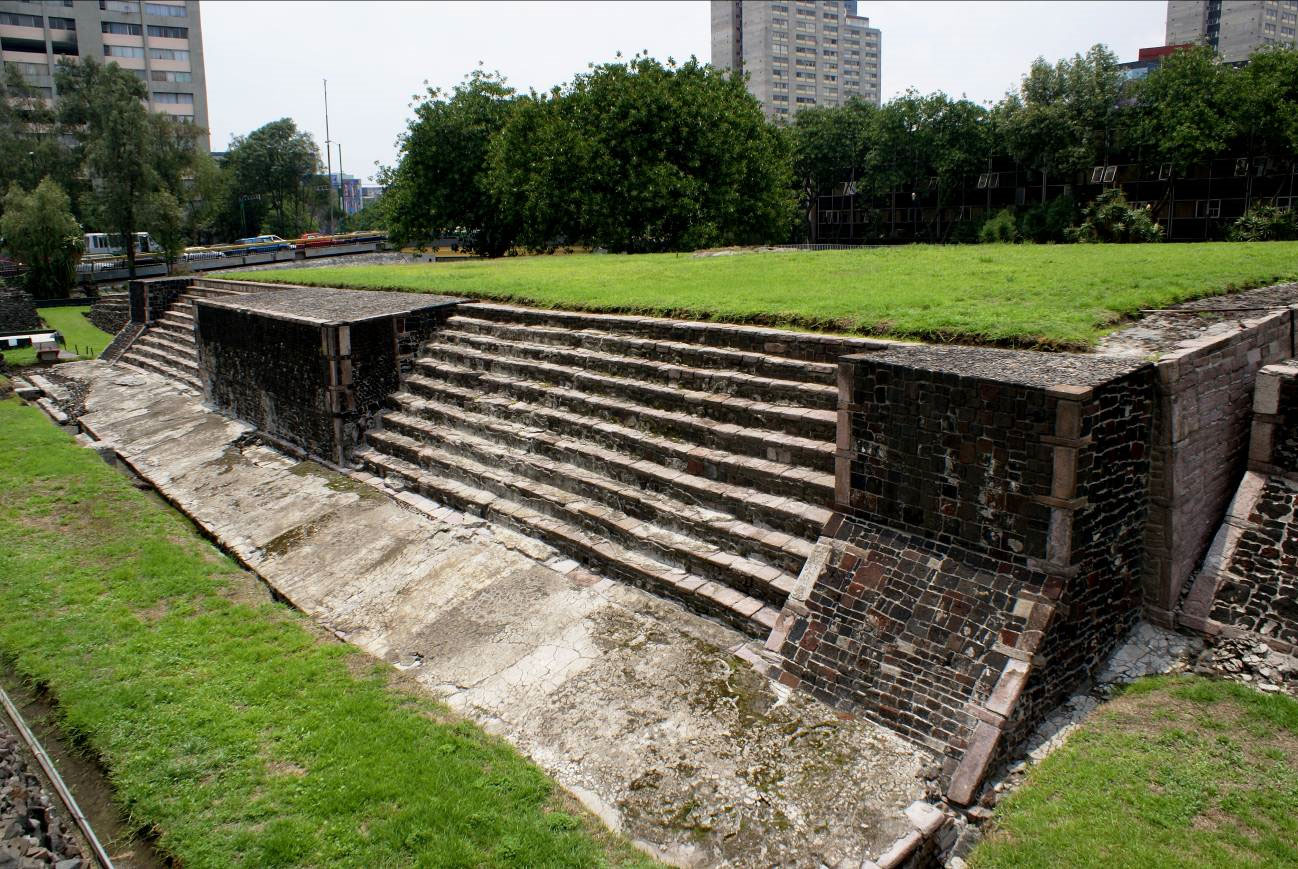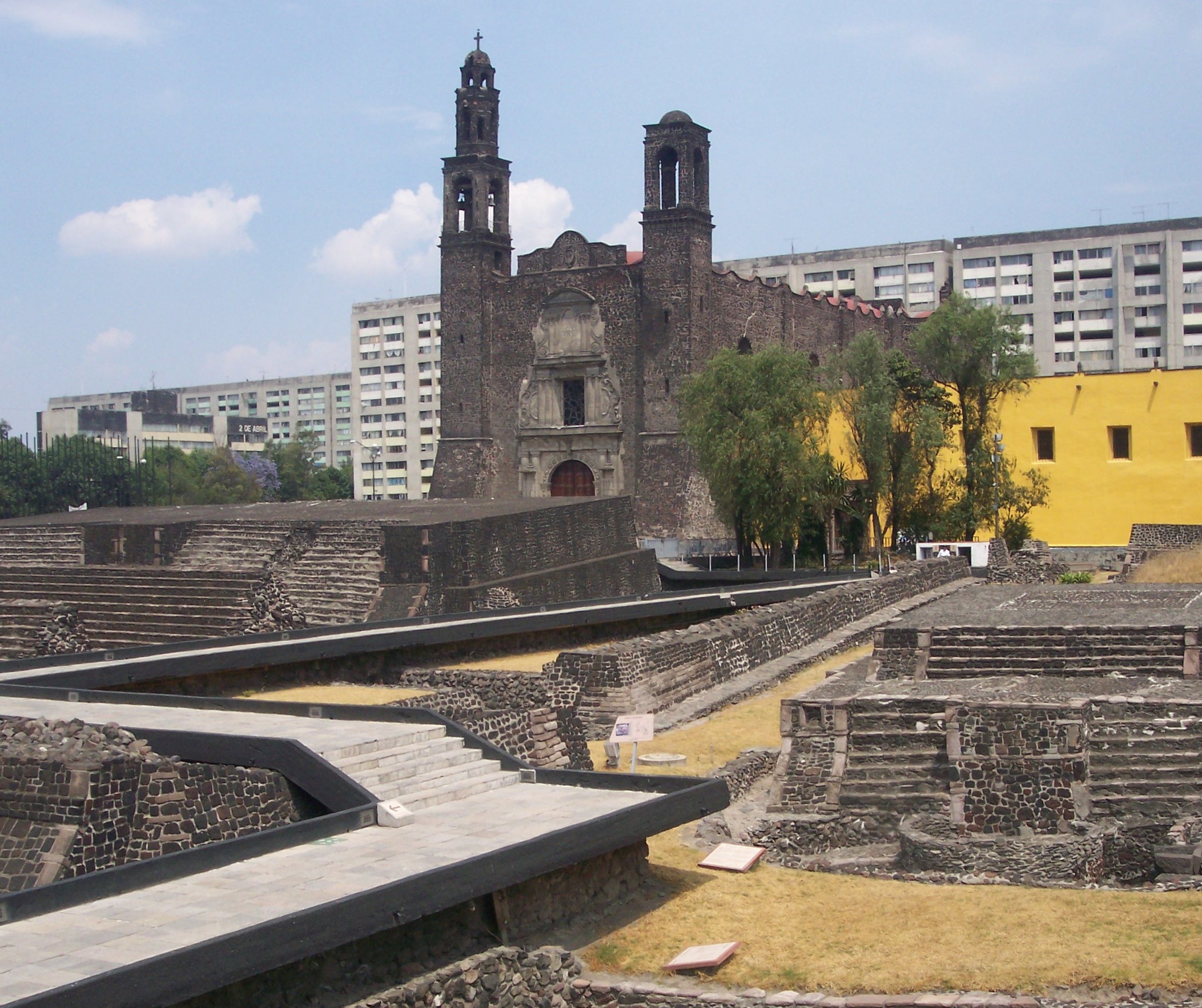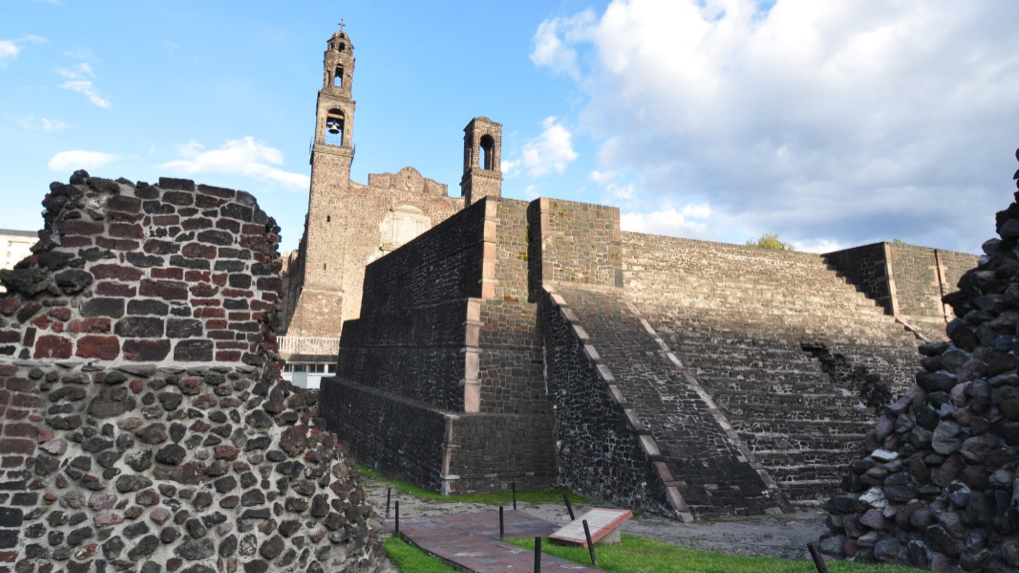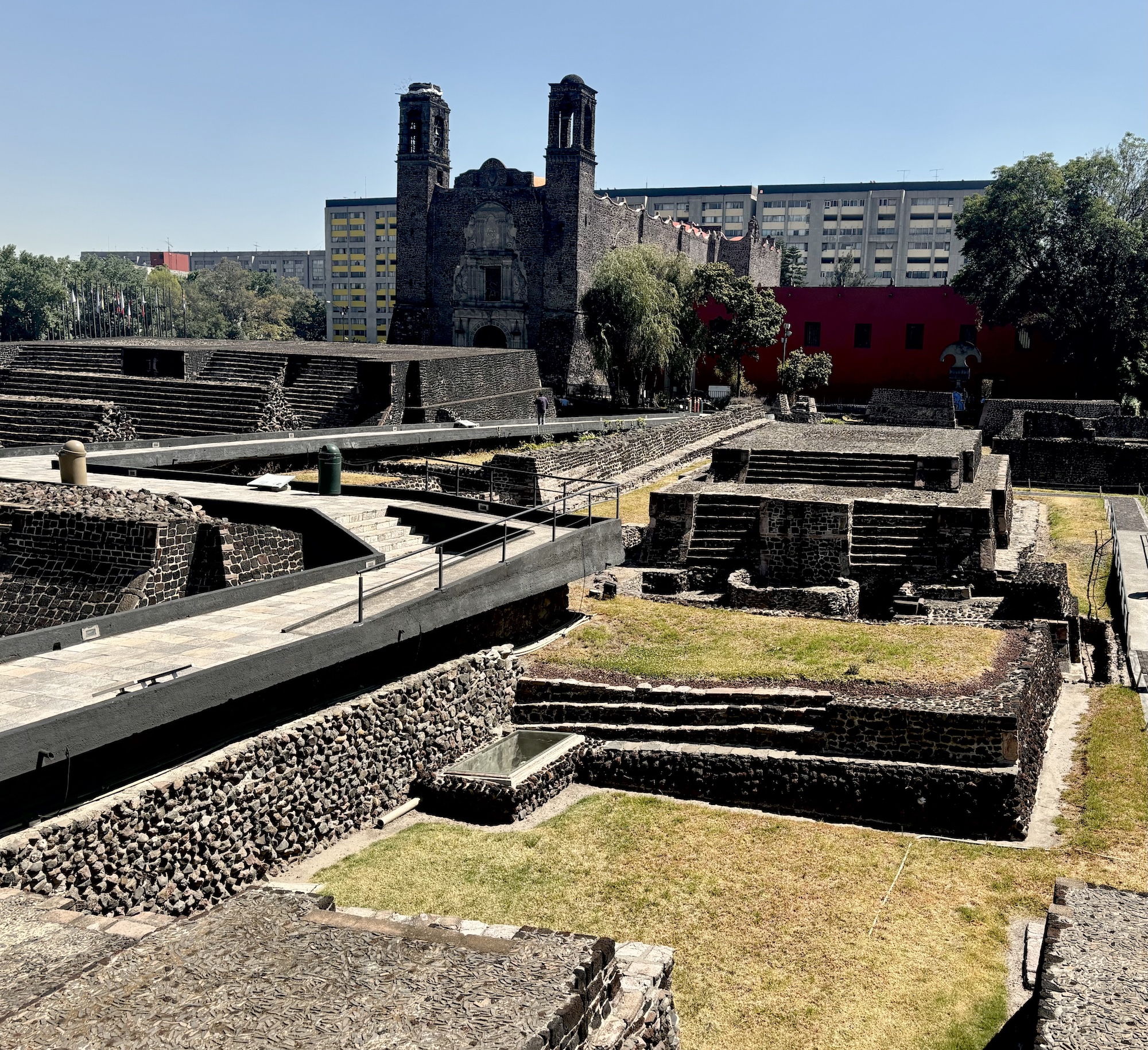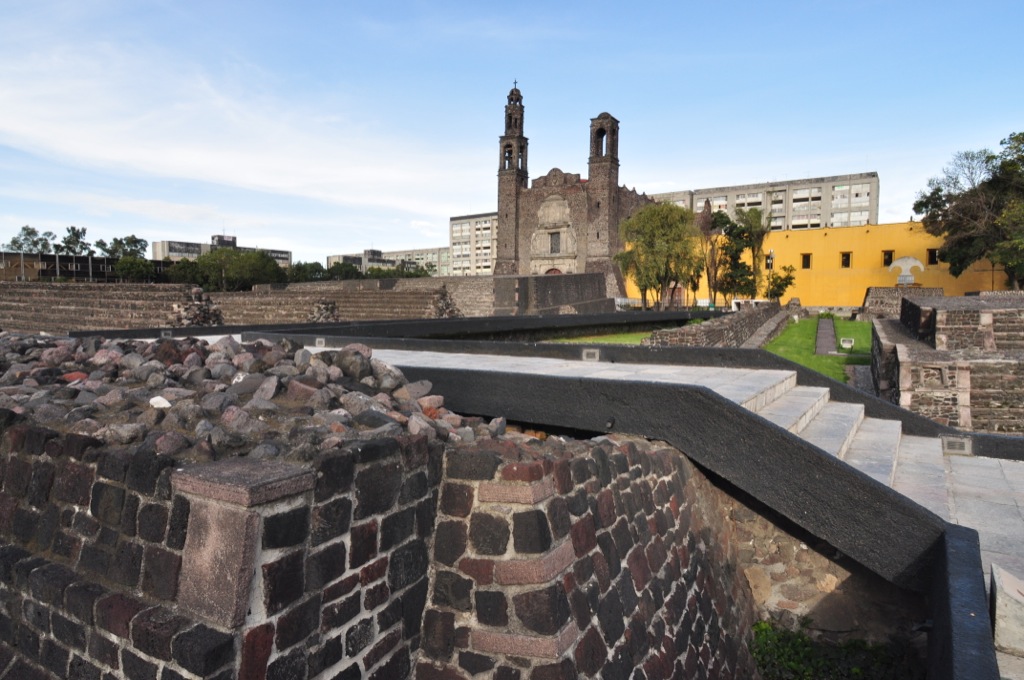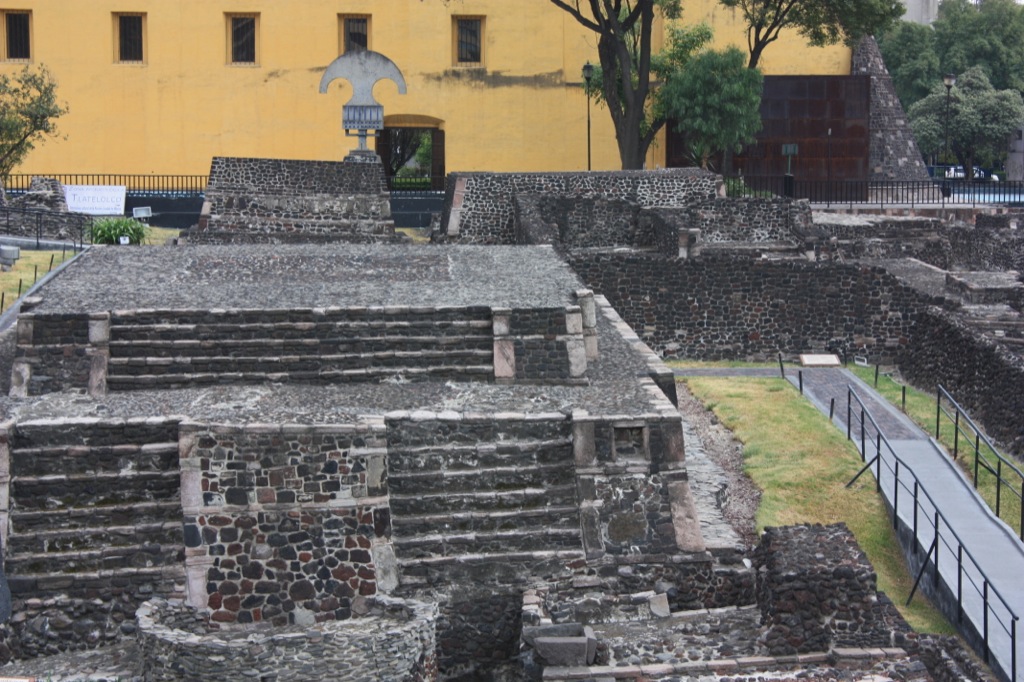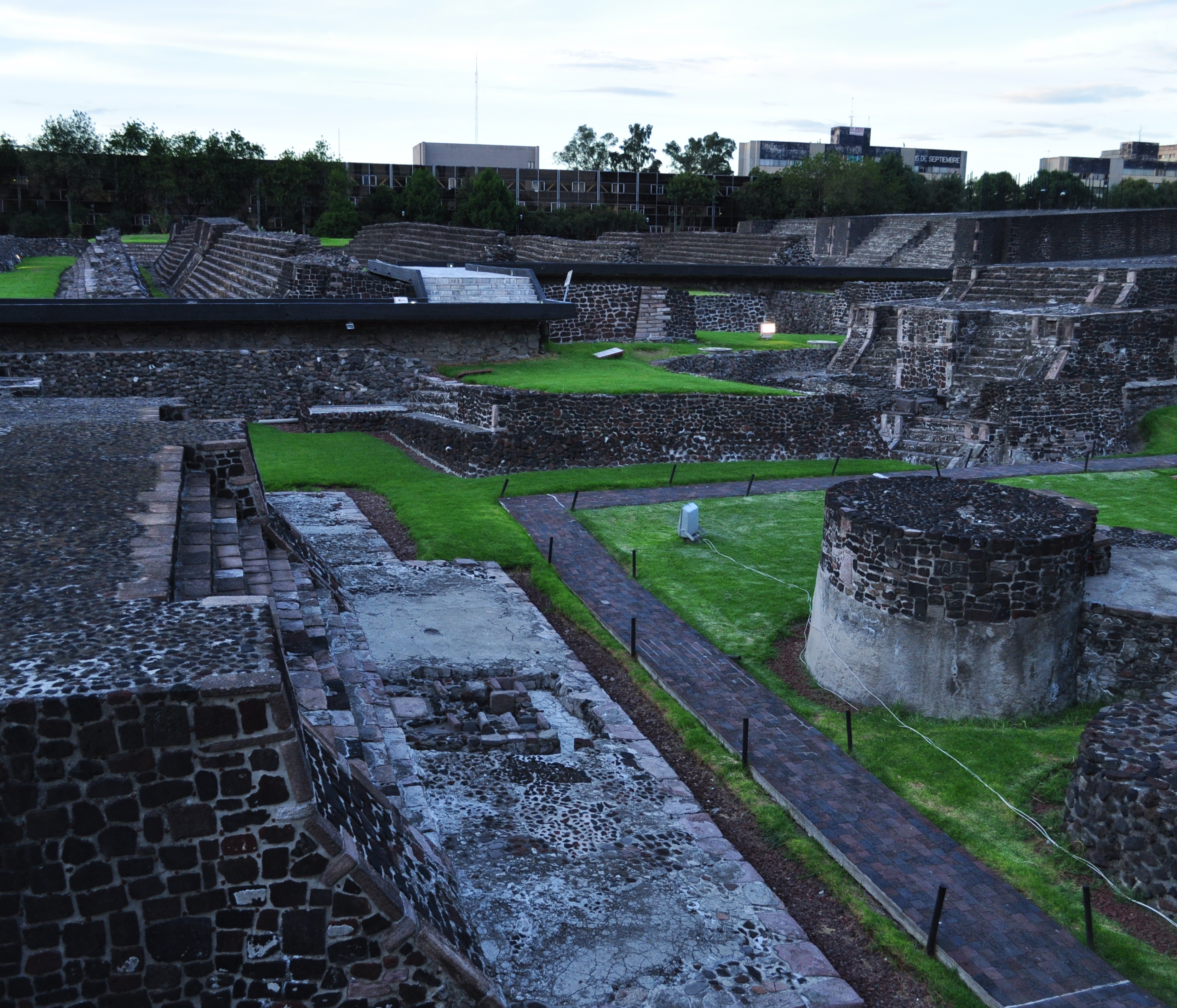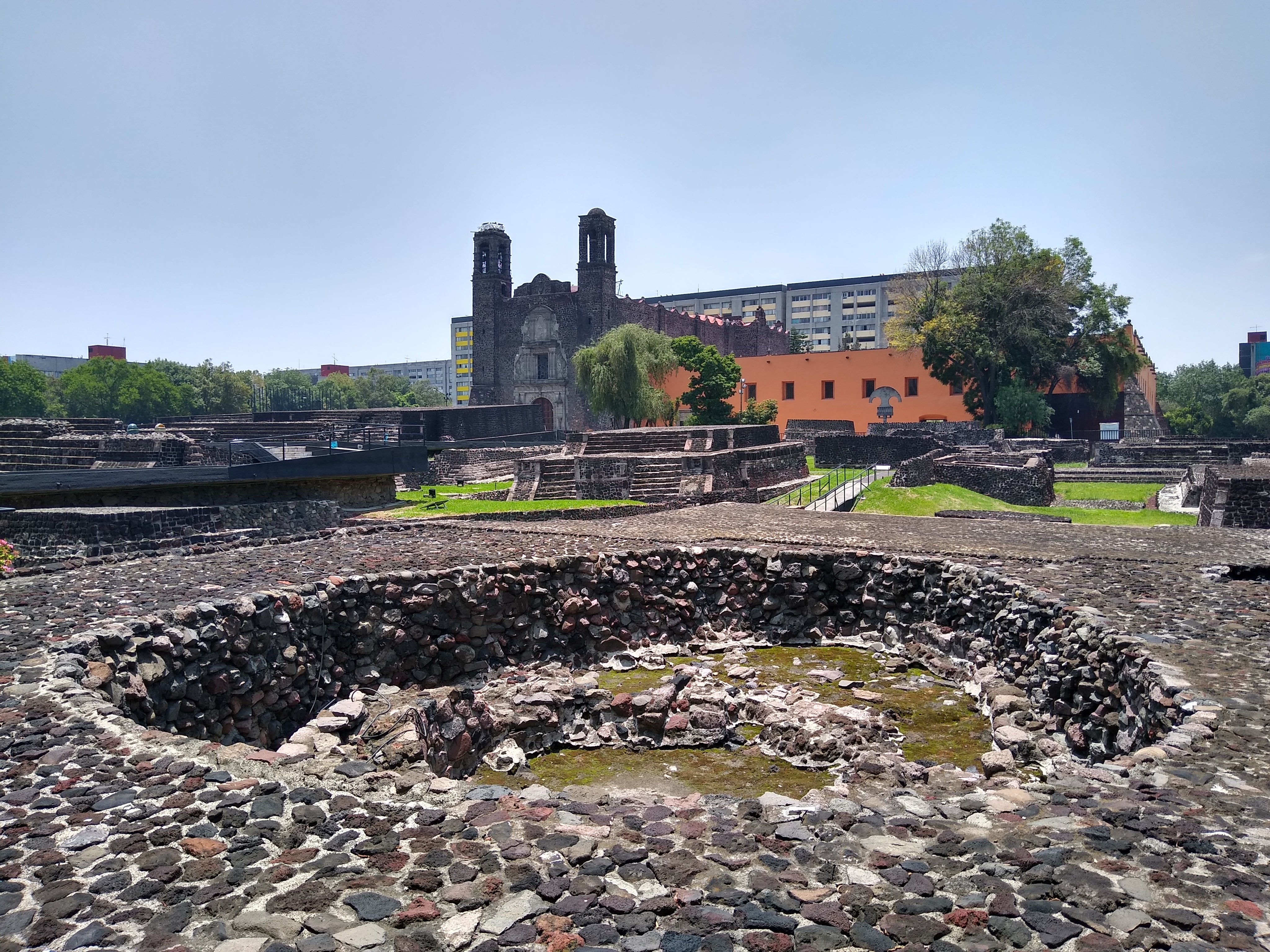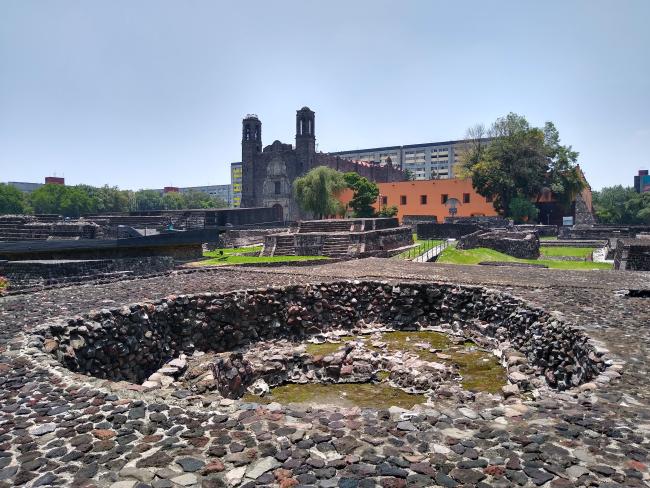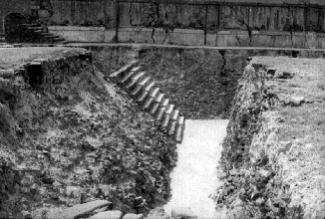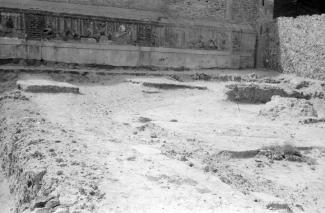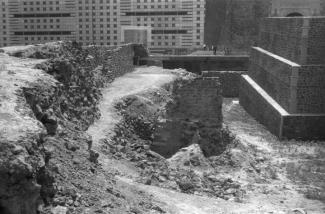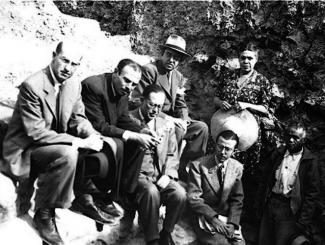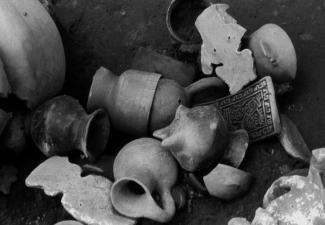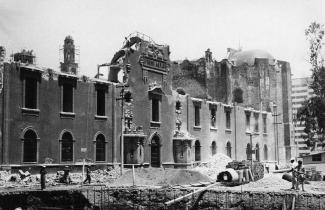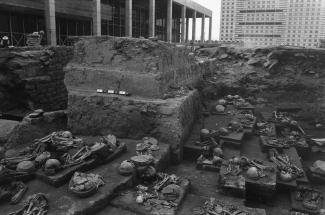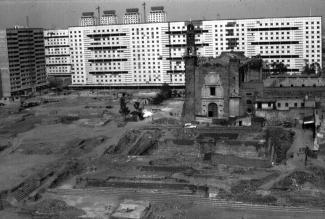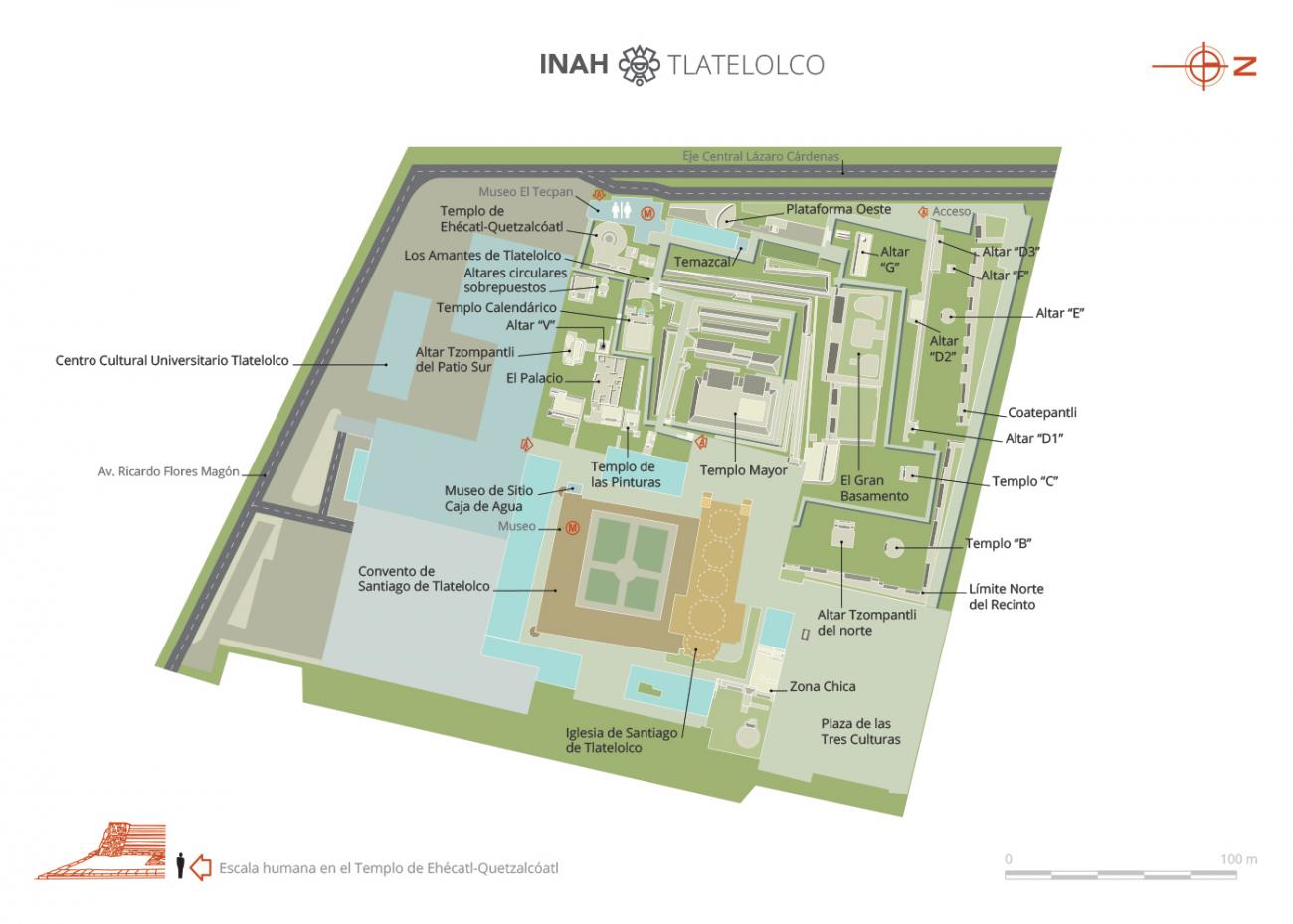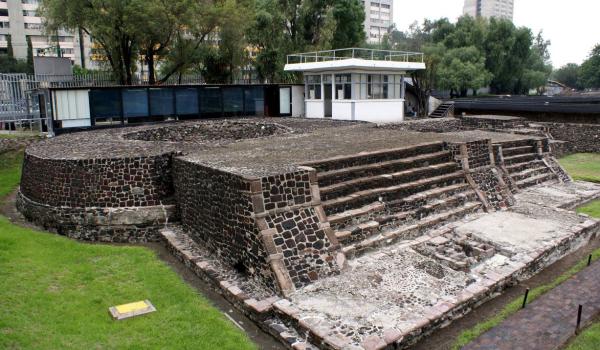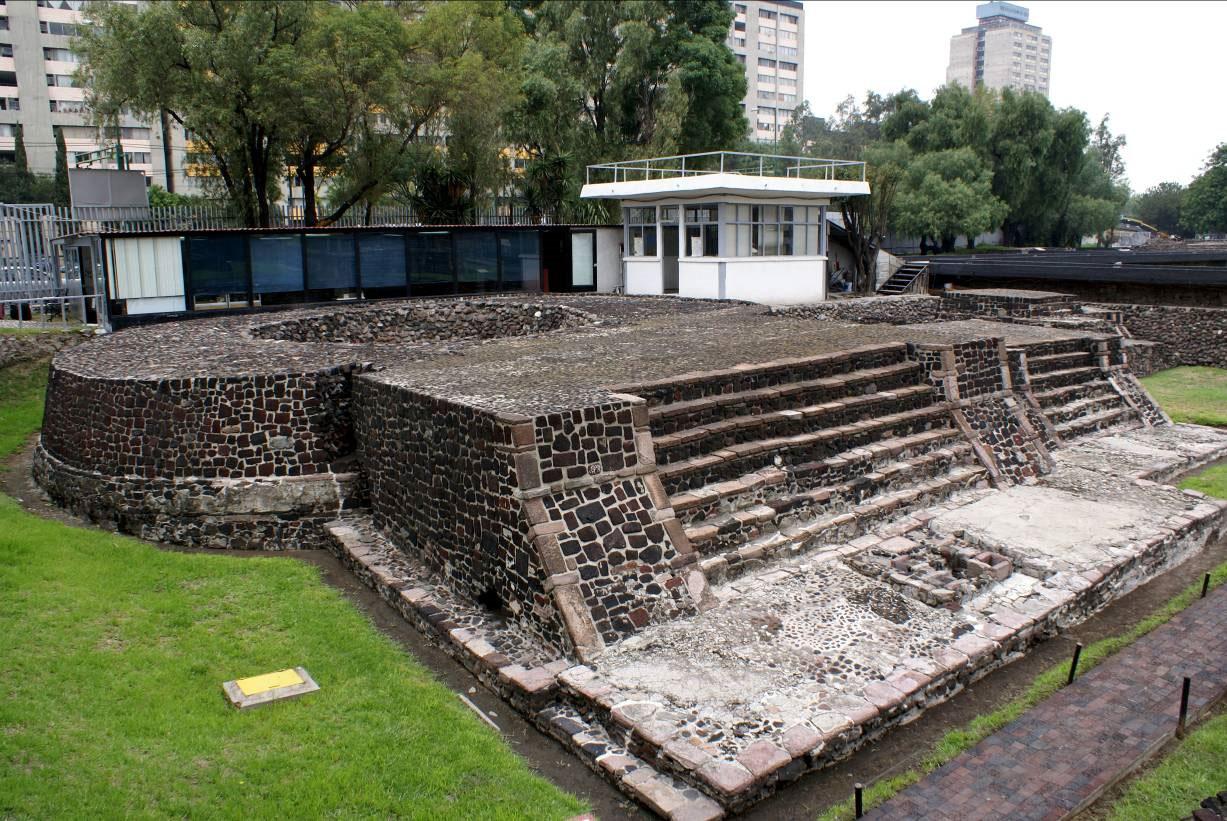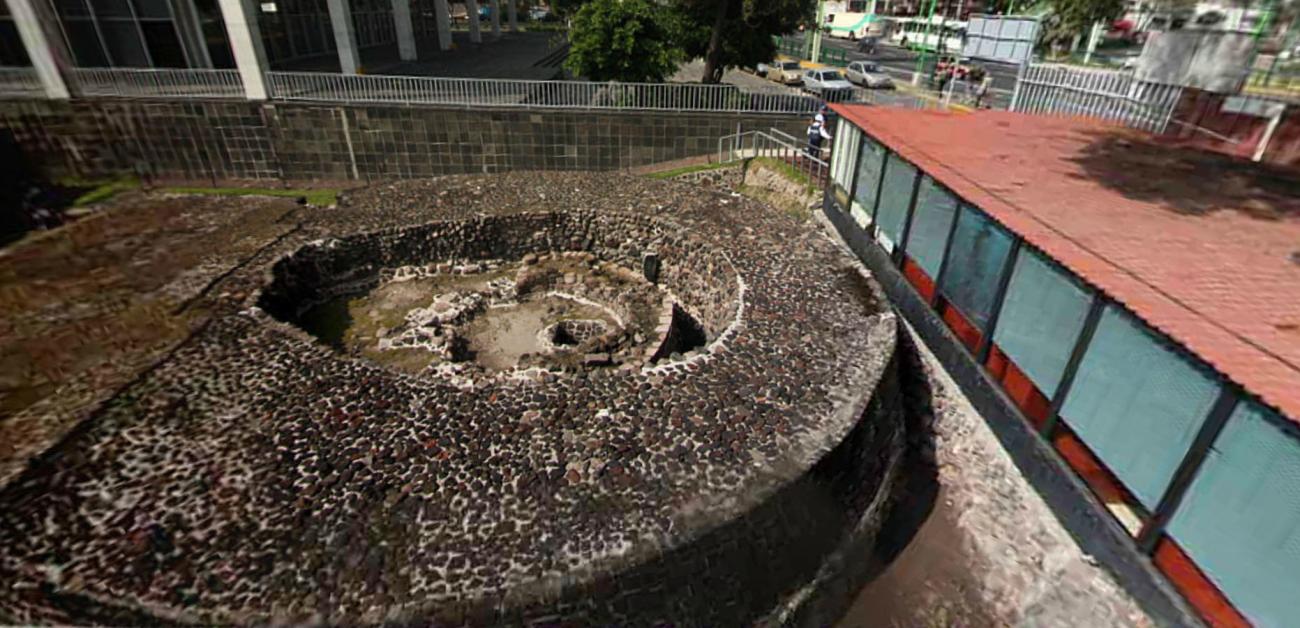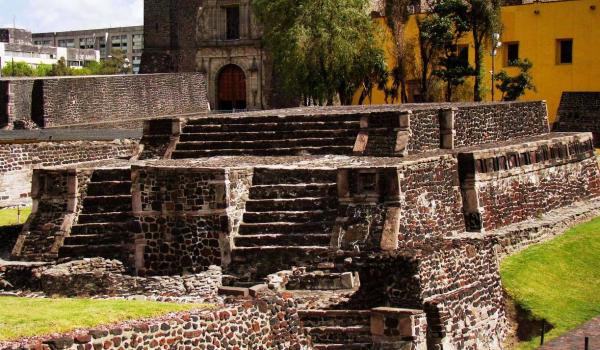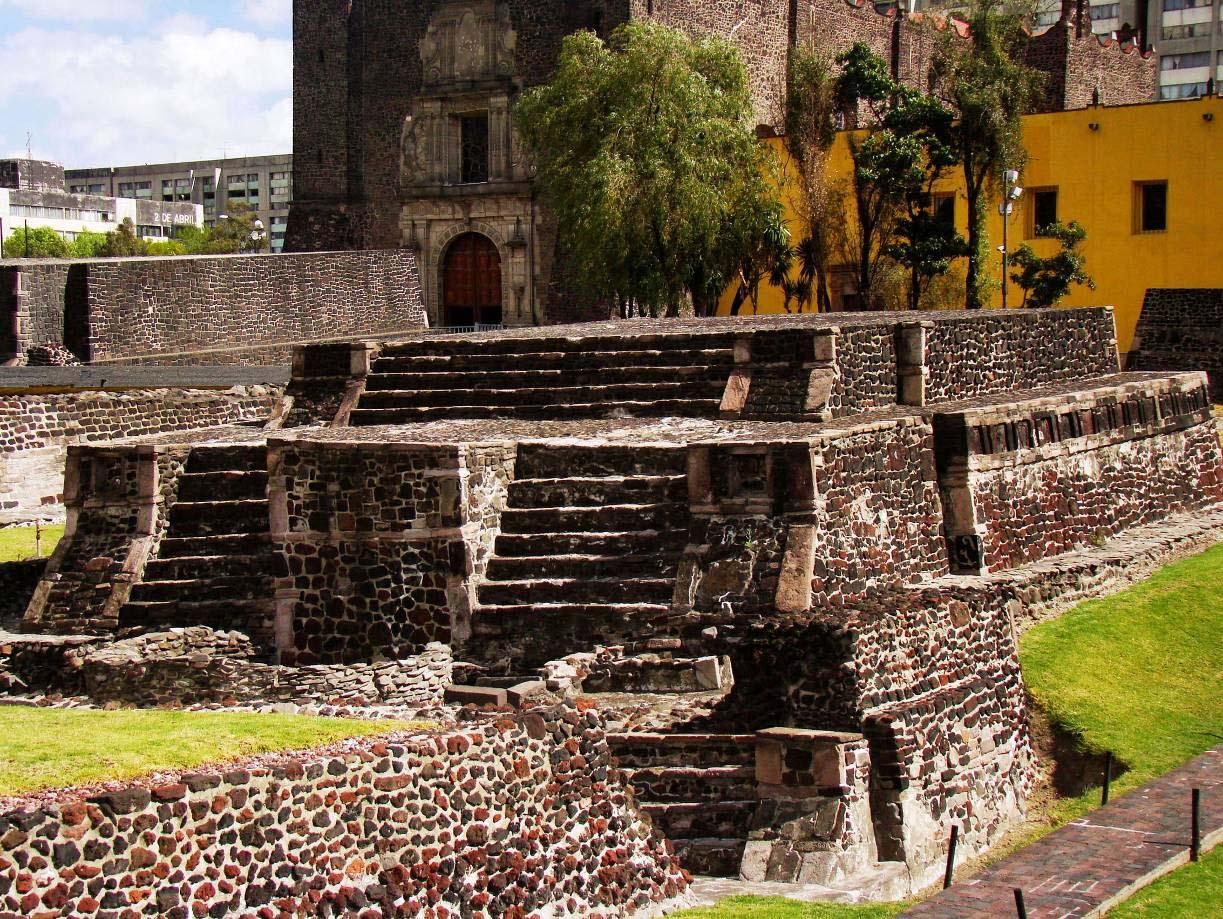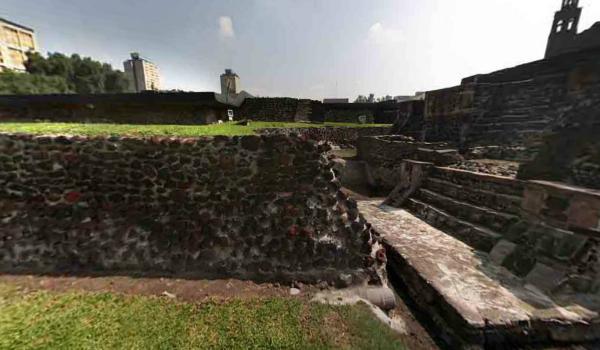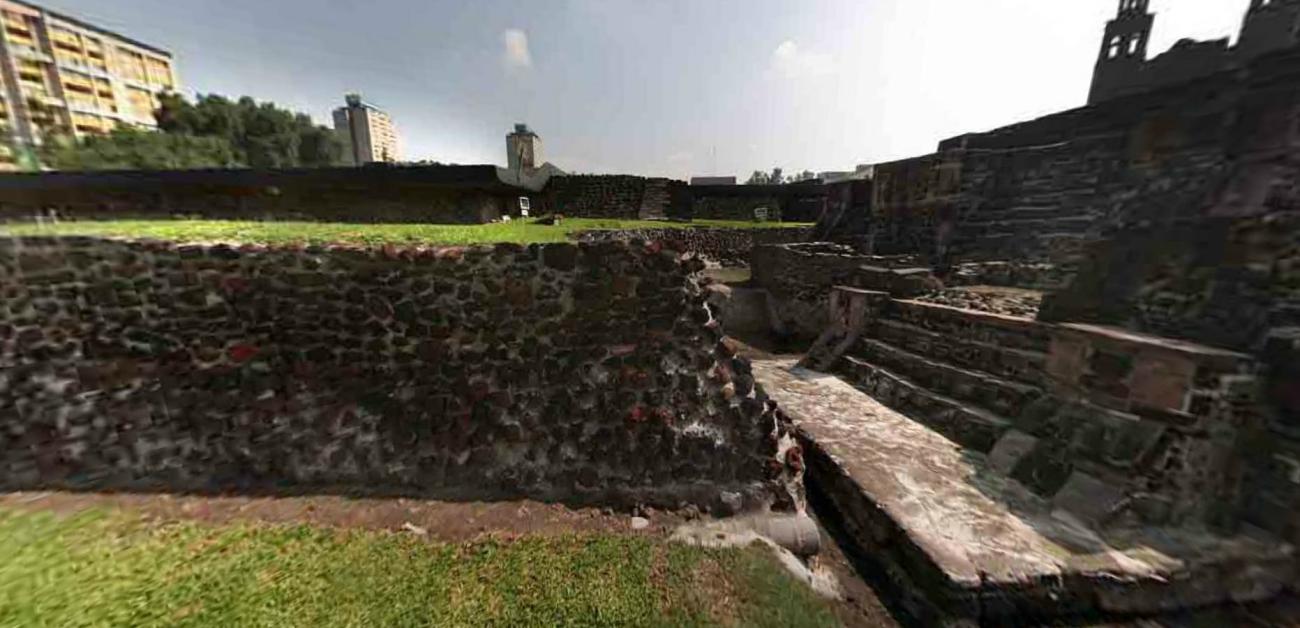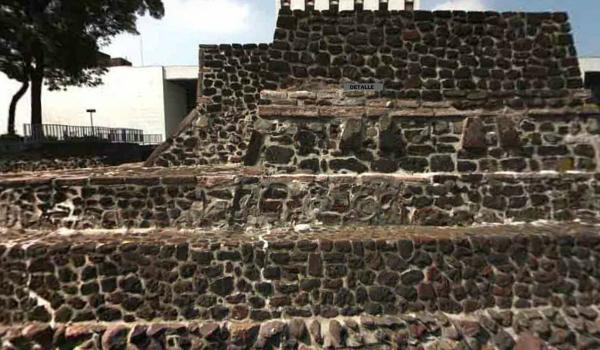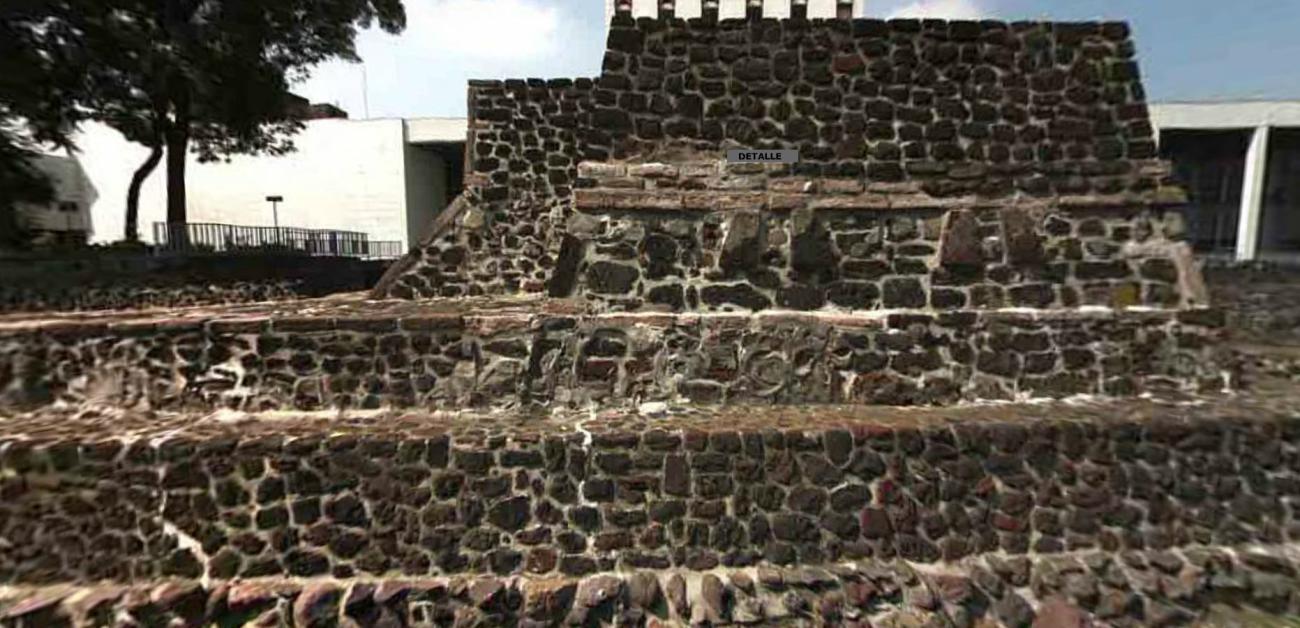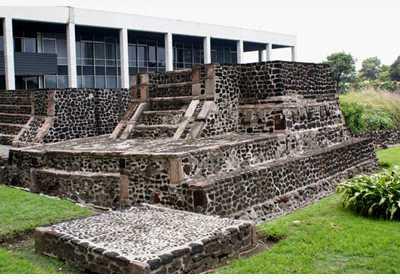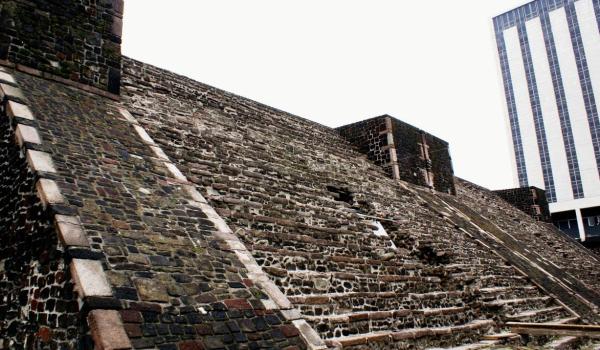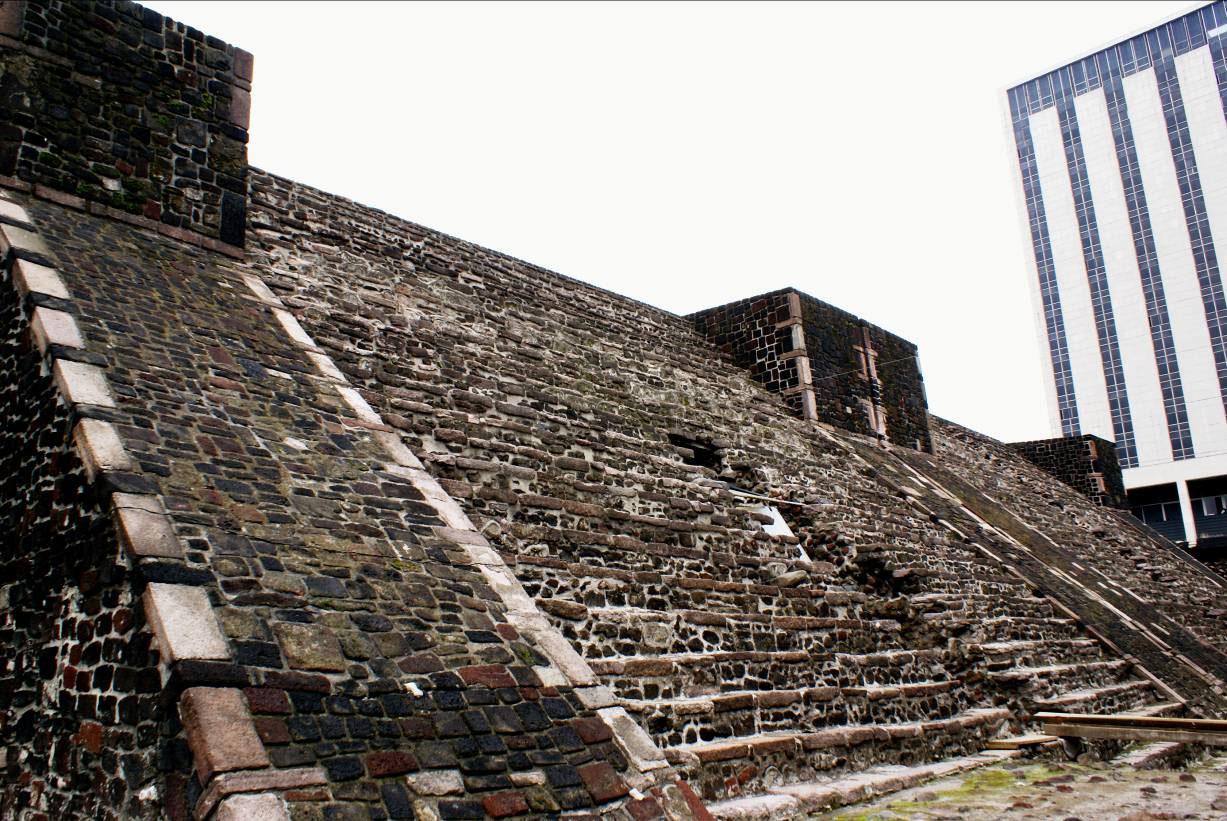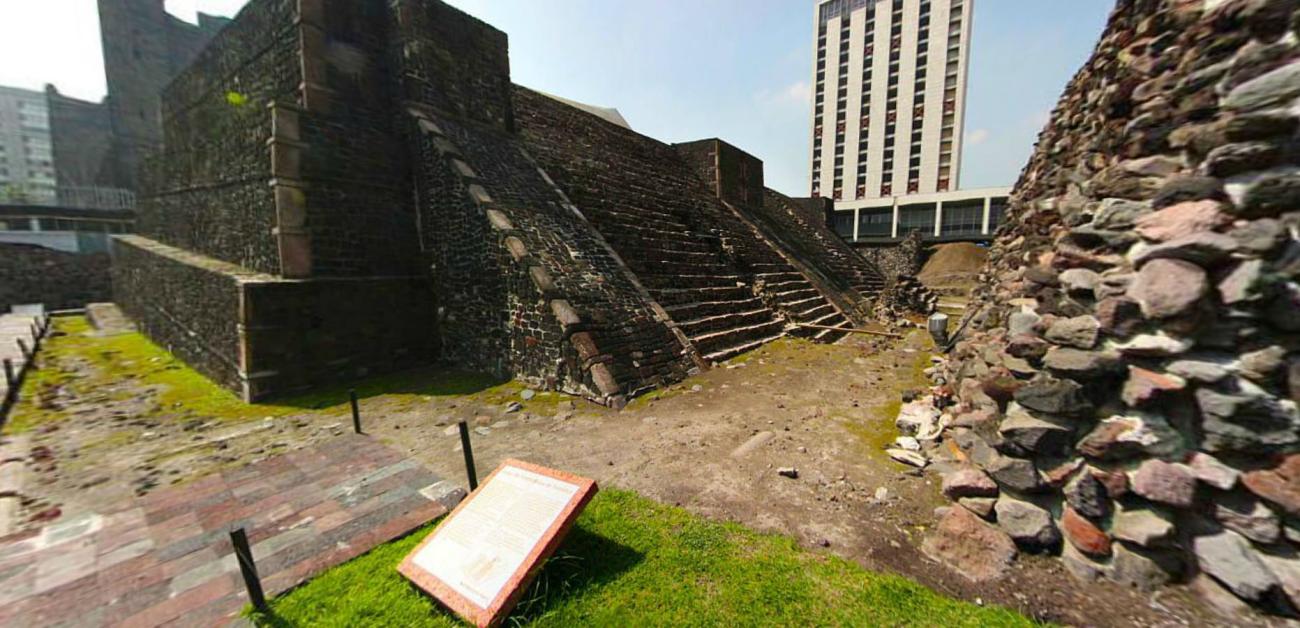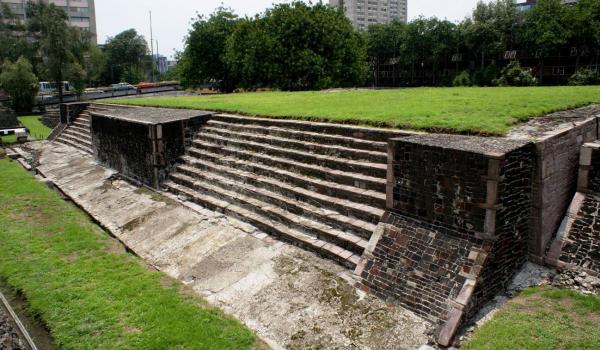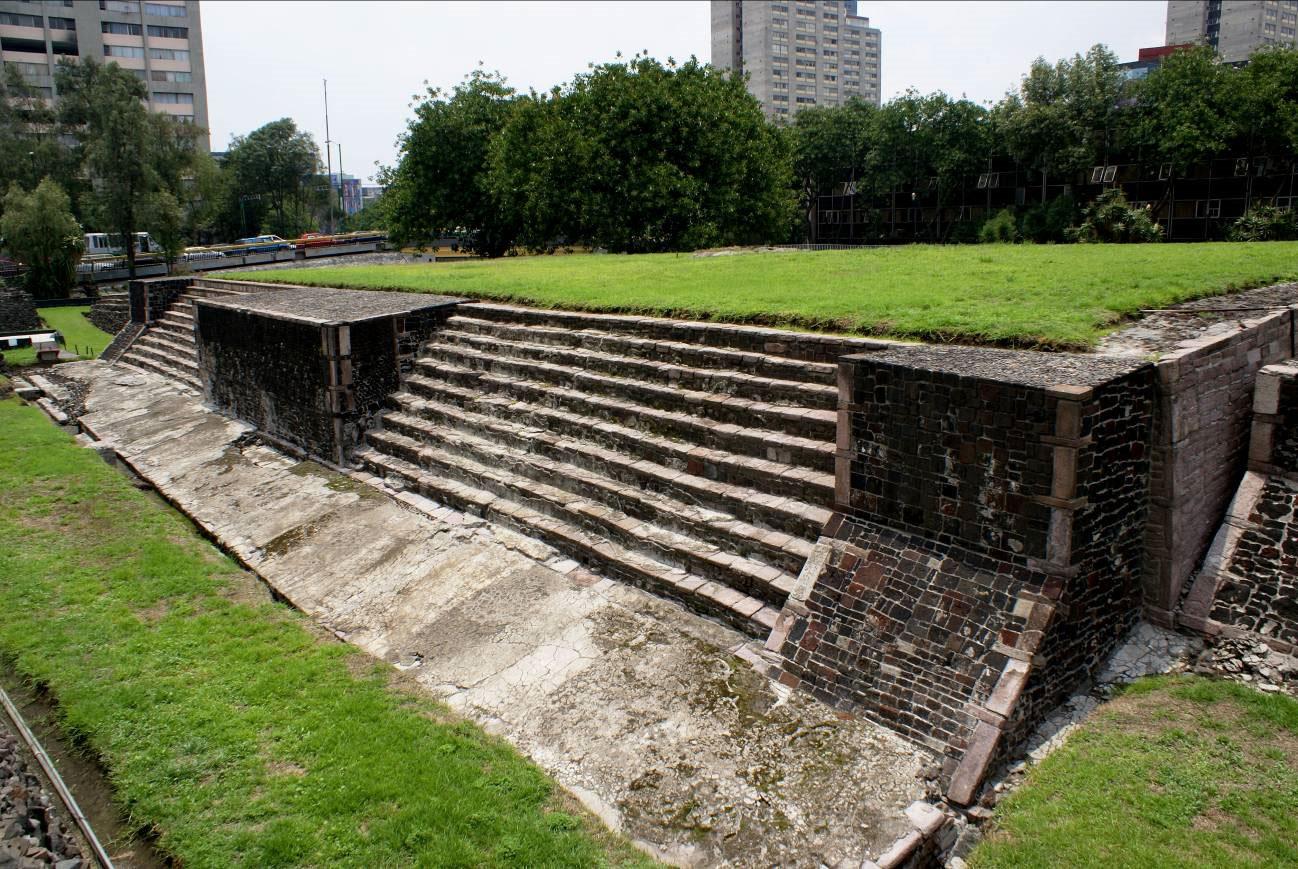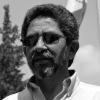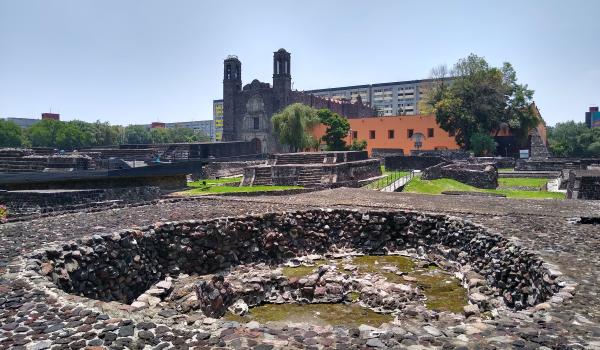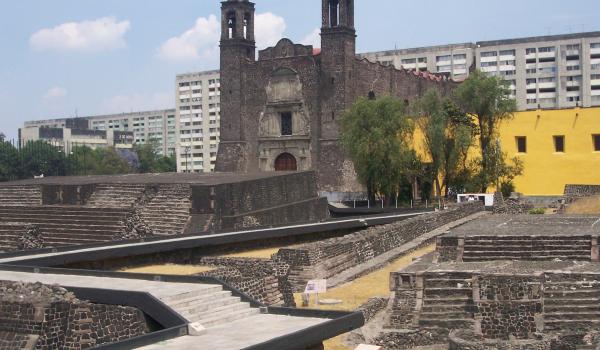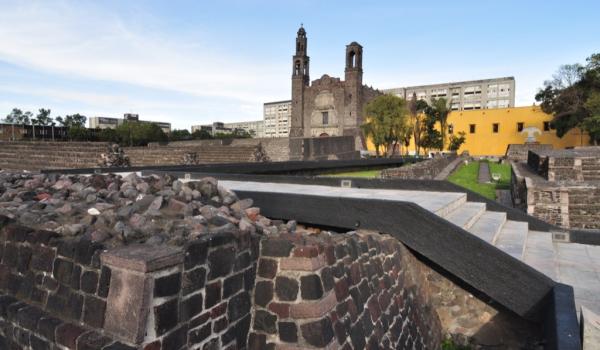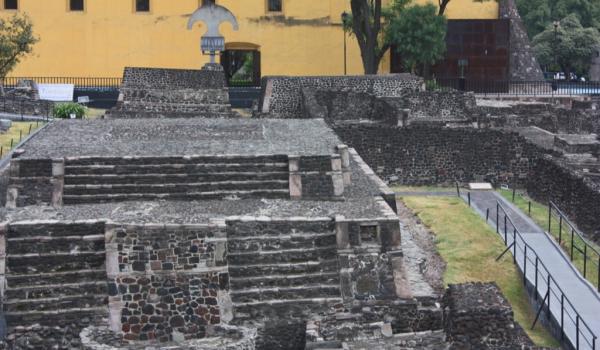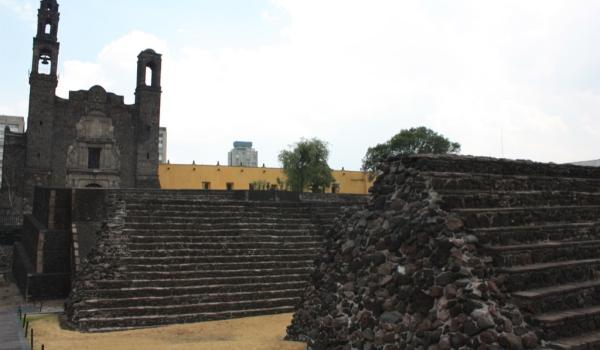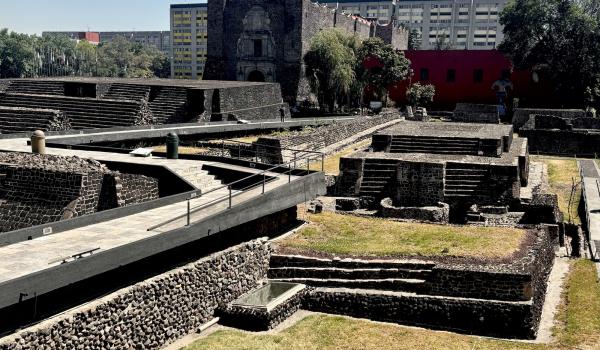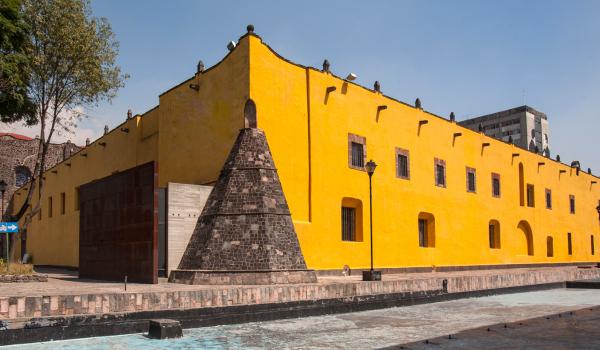The Mexica city of Tlatelolco was founded in around 1338, according to the chronicles, following a separation between the Tenochca group, who remained in Tenochtitlan, and the Tlatelolca group who sought a place to settle further north. It enjoyed independence until 1473, when it ceased waging wars against the Mexica and instead came to depend on them. Its vast marketplace became the trading hub for both islands—now joined on friendly terms—as well as for the Triple Alliance, a strategic partnership that consisted of Tenochtitlan, Texcoco, and Tlacopan (Tacuba).
In contrast to the four districts of its neighbors, Tlatelolco was divided into 19 areas (including the formidable Tepiton), and these bore evidence of the city’s cosmopolitan nature, owing in part to the many merchants who came here from far-off lands, as well as to the industrious Pochteca class of merchants who had their own sets of laws, their own ruler, and organized expeditions to the northern deserts, down to the Soconusco, and all the way to modern-day Nicaragua.
The archeological area of Tlatelolco contains magnificent monuments: the Templo Mayor (Great Temple) of Tlatelolco, whose ruins correspond to its second phase of construction but was possibly even taller than its counterpart in Tenochtitlan. There is also the Complejo de los Vientos ("Complex of the Winds"), crowned by a shrine to Ehecatl-Quetzalcoatl, twinning it with the teocalli pyramids of the Templo Mayor and Tenayuca; child burial sites were discovered here too, complete with offerings of ceramic figurines that look like toys. Other notable monuments include the Templo de las Pinturas ("Temple of the Paintings"), whose facades, panels, and structures encircling it and flanking the steps all still show the remains of murals; the Coatepantli (wall of serpents), and two tzompantlis or walls of skulls. There is also the burial site of 45 victims of the war with the people of Tenochtitlan, including “the lovers of Tlatelolco”—a man and woman locked in an eternal embrace.
The site museum, La Caja de Agua, is located at one end of the Santa Cruz monastery, adjacent to the church of Santiago Tlatelolco (both constructed by reusing stones from the teocalli). On display in this museum are ceramic items and stone sculptures found in the ancient city, as well as the monastery’s old cistern—“la caja de agua”—with traces of the first fresco to be painted in New Spain (1536).








